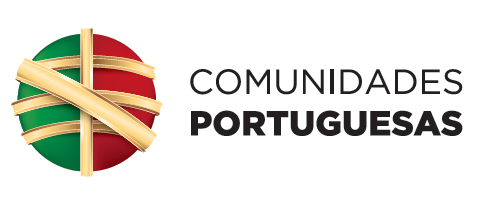It's only fitting that Maria Helena Lima seems so comfortable in a 200-plus year-old "capote" -- the traditional black, huge-hooded cape of Portugal that echoes the billowing sails of ships that stopped for generations at her native Azores isle of Sao Miguel.
The Saanich resident is a stalwart of the Portuguese Cultural and Athletic Society of Victoria, where she arrived in 1962, at age 11. Her family was part of wave of immigration from the Azores that began in 1953, usually by menfolk keen to make as much money in Canada as possible before returning to their islands in the mid-Atlantic. Instead, most of them stayed and brought their families.
Lima, a former teacher, stores scads of traditional costumes at her home, translates when needed at court, teaches Portuguese folk dancing, keeps meticulous scrapbooks of events involving members of the community, and keeps a constant lookout to add to her collection of books that mention Portuguese roots in Canada.
Her husband, Tony, who also emigrated as a youngster, hosts the Portuguese language radio shows at Camosun College.
According to Statistics Canada, there are 3,285 people of Portuguese descent in Greater Victoria.
That makes Portuguese the 25th most common ethnicity, wedged between Hungarian and Filipino. Most of them began arriving in the 1950s.
But they weren't the first. Nearly a century earlier, Portuguese men arrived on the West Coast during the Fraser River gold rush.
Most came from the Azores and settled on the Gulf Islands, where the coastline might have reminded them of home, Lima says.
Times Colonist, aqui, acedido em 08 de Junho de 2009





